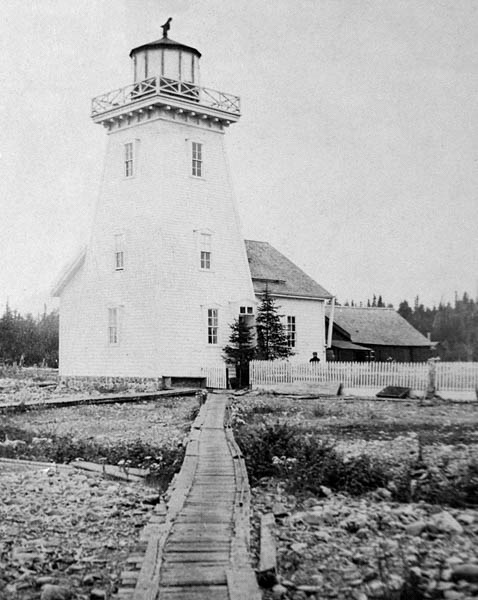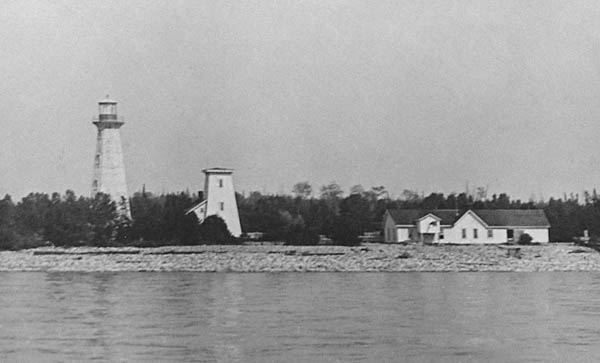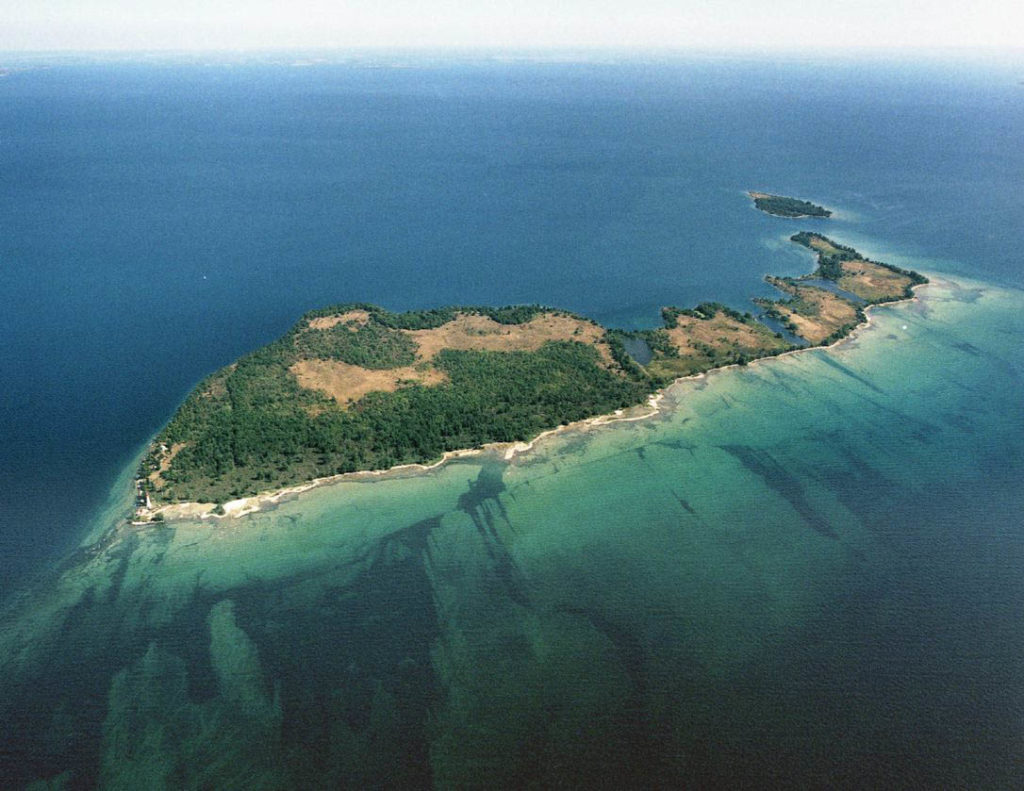A nature reserve extending about ten kilometres from the southern shore of Manitoulin Island to Lake Huron is known as the “Duck Islands.” Also called a “duck” subset, with a total of 5; Great Duck Island, Inner Duck, Outer Duck, Western Duck and Middle Duck, these islands are uninhabited and untouched. (except for Great Duck Island) Ships attempting to navigate these waters found shallow reefs back in the day, around the islands and a number of shipwrecked sailors drowned on their shores.
Construction started in 1856, on lighthouses known as the Imperial Houses at Lake Huron in 1856, to curb ships running aground, and Commissars of Public Works of the Province of Canada (at this time) thought there would be no need to worry about ships coming in contact with the reefs surrounding the 5 Duck Islands. And the idea was, sadly, scrapped due to the cost.

A lighthouse was eventually built in 1876, after Confederation, on the southwest tip of Great Duck Island. The overall construction cost, including lighthouse equipment, was $4,993.33 and was made of white painted wood, stood 64 feet tall, and could be seen from a distance of 13 miles with favourable weather conditions. William Purvis was the first light keeper, and drew a salary of $500.00 per year. Purvis was born in Scotland and had traveled the world in trade ships, before settling in Kincardine, Ontario. He had ten children, and they helped clear the land near the lighthouse to build a family residence. William Purvis founded a fishing company called Purvis Brothers along with his five sons, and the fifth generation of the Purvis family still operates Purvis Fisheries, located in Burnt Island.
In 1888 John Chamberlain built a fog warning building 150 feet southeast of the lighthouse under a contract for $1,950. The wooden structure, housed a duplicate steam-driven foghorn that emitted eight-second blasts, separated by thirty-five seconds of silence.

The light keeper’s job on Great Duck Island was taken over by John Purvis when his father retired at the end of the 1897 season.
Alas, Great Duck Island’s lighthouse wasn’t to live forever. Douglas Clow, the last lighthouse keeper left his position in 1987. A two-storey residence, built in 1931, was demolished during the 1990s, as was the signal building of the fog and another residence. Today, the sturdy, concrete tower and a keeper’s bungalow are all that remains on Great Duck Island. The Canada Museum of Science and Technology in Ottawa houses the fog signal plant for the lighthouses that was removed from the island in 1981.
Great Duck Island remains uninhabited, serene and the work of nature to this day, (except for the remains of the concrete tower and the keeper’s bungalow) as it was before the lighthouse was built. The reefs remain, so travelling by boat to this or any of the Duck Islands is not recommended.







